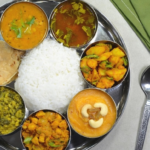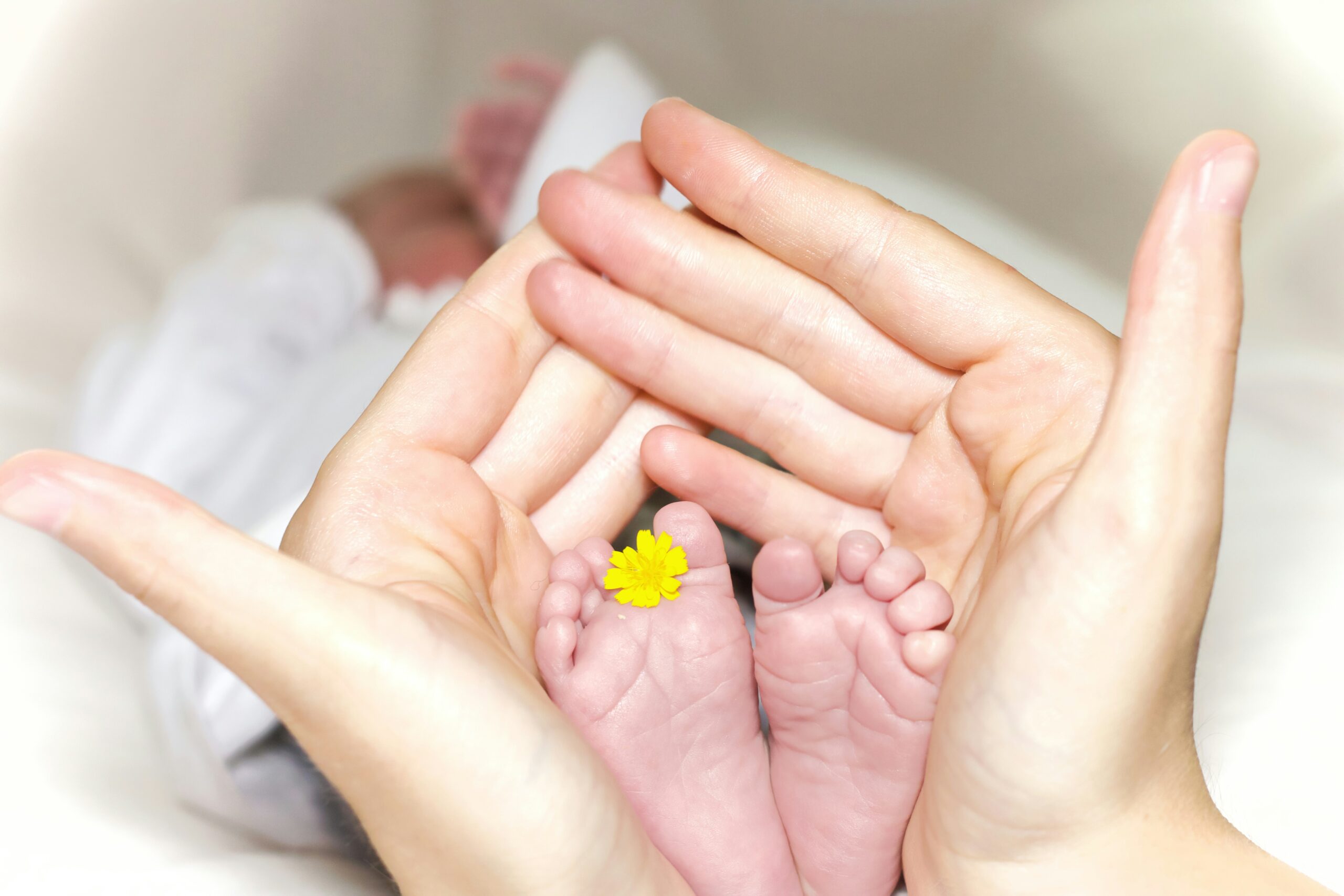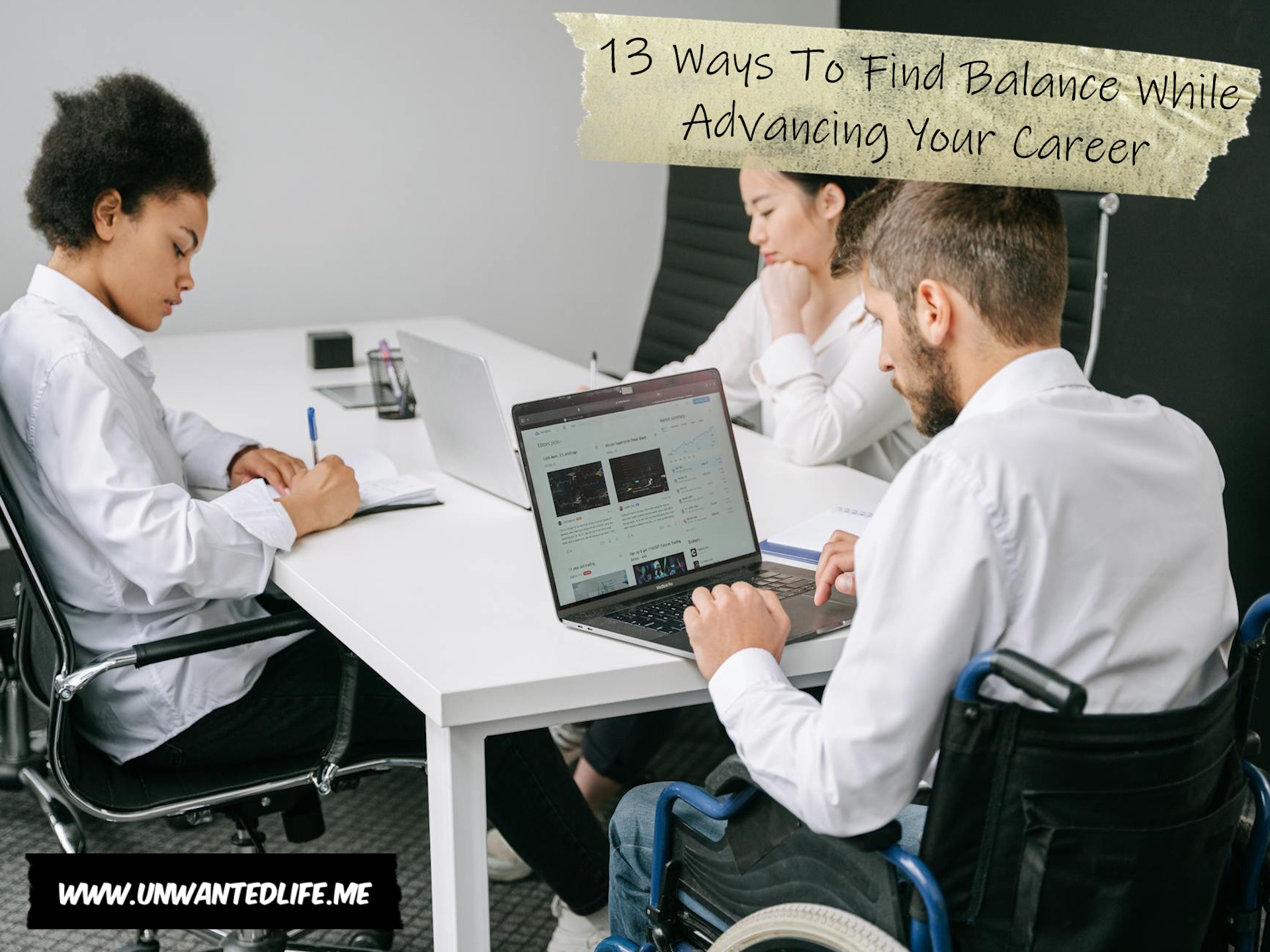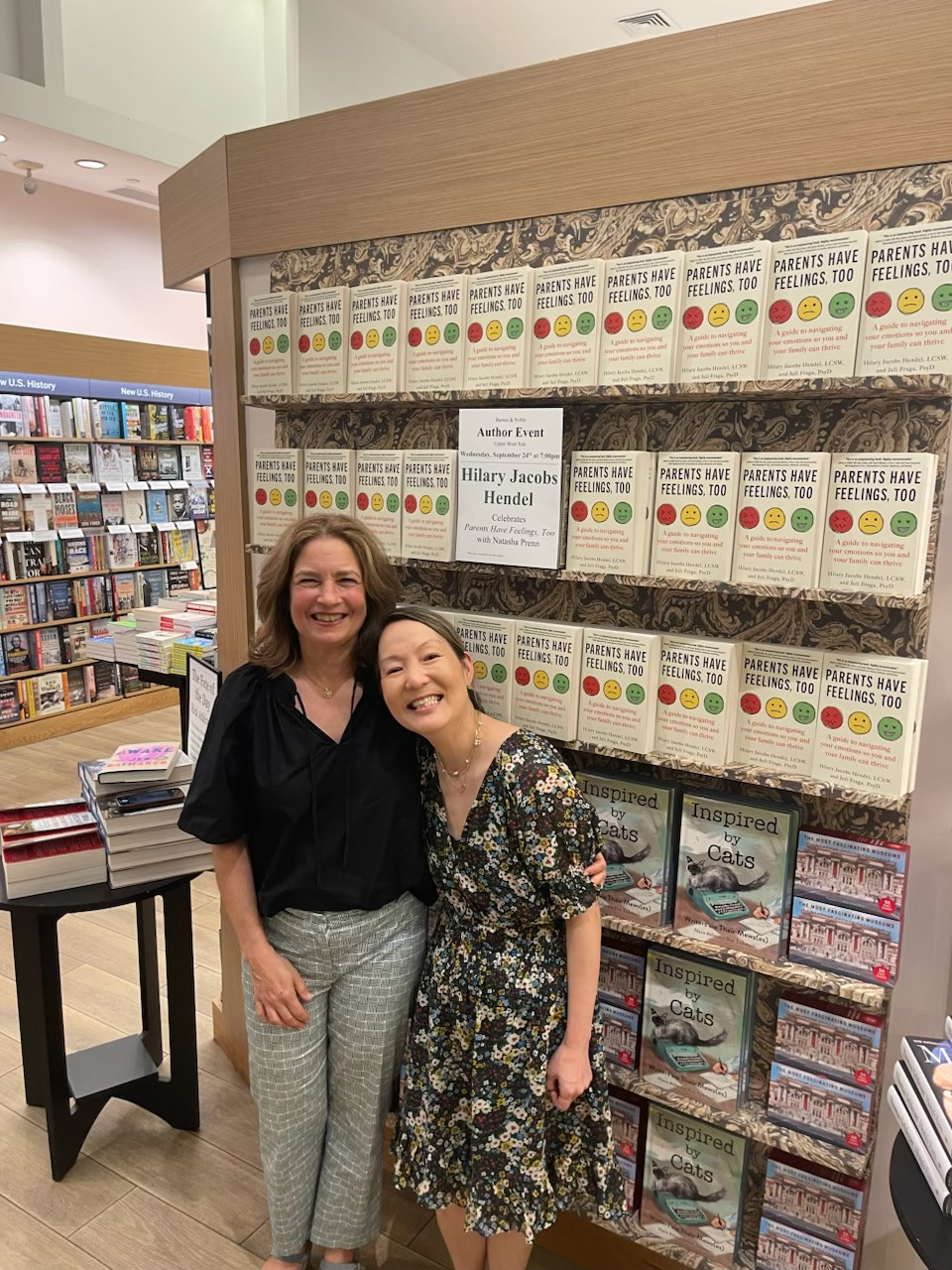
Mental health challenges that arise, continue, or intensify during pregnancy and throughout the first year after birth are commonly referred to as ‘perinatal mental health difficulties’ (Howard et al., 2018). These conditions are relatively common, with research suggesting they affect up to 27% of birthing parents (most often mothers) in high-income countries (Department of Health and Social Care, 2024). Such difficulties are linked to significant negative consequences for parents, infants, families, and society as a whole (Stein et al., 2014).
In response to the growing rates of perinatal mental health concerns experienced by parents in the UK, there has been significant government investment into the creation of specialist community perinatal mental health services across the country. These services aim to target approximately 10% of birthing parents experiencing complex mental health difficulties (Alderwick & Dixon, 2019; Keynejad, 2024).
One of the interventions available at such services is the Circle of Security Programme (COS-P; Powell et al., 2013). Comprised of 10-20 group sessions, the programme aims to enhance secure attachment between parent and child. A previous meta-analysis found that COS-P had a medium to large effect on secure attachment, quality of caregiving, caregiver self-efficacy and caregiver depression (Yaholkoski, Hurl & Theule, 2016).
The present study represents the first randomised controlled trial to explore the clinical effectiveness of the Circle of Security programme when delivered as part of NHS community perinatal mental health services. Specifically, the study aimed to explore the impact of COS-P on:
- Parental mental health
- Parent-infant bonding
- Parental emotion regulation
- Child development outcomes
- Parenting sensitivity
- Child attachment

Around a third of birthing parents experience perinatal mental health difficulties. Could the Circle of Security programme be beneficial to these parents?
Methods
This study was a “pragmatic, multicentre, randomised, assessor-masked, parallel-arm controlled trial”. So, the study was pragmatic (it was delivered in a real-life NHS setting), multicentre (it included 10 geographically spread sites across England), randomised (participants were randomly assigned to either COS-P or treatment as usual), assessor-masked (those collecting data did not know who had received which treatment) and parallel-armed (that is, each participant remained in their assigned group for the duration of the trial).
Eligible participants for the study were birthing parents with clinically indicated psychopathology and bonding difficulties who were aged 18 or above, not using substances and parenting an infant younger than 1 year without severe illness or developmental disorders. Those who had already received COS-P or who were experiencing psychosis were excluded from the trial.
For those receiving COS-P, 10 weekly sessions were given by a psychological practitioner. Sessions were conducted in person where possible, though the majority were online. Participants completed questionnaires prior to the intervention, then at 3 months, 7 months and 12 months post-baseline. The primary outcome measure, the Clinical Outcomes in Routine Evaluation-Outcome Measure (CORE-OM), is a 34-item measure of psychological distress chosen by the Expert by Experience panel who were heavily involved in the study from start to finish.
Results
Out of 3,171 birthing parents screened, 2,785 (88%) were ineligible. In total, 371 participants were randomised to the study; 248 were assigned to COS-P treatment, while the remaining 123 were assigned to treatment-as-usual. After accounting for those with missing data, the final participants included in analysis were 194 in the COS-P arm and 100 in the treatment-as-usual arm. Participants were primarily white females in their early 30’s which was largely representative of the population attending each treatment site. Participants attended an average of 6.5 out of 10 sessions.
In terms of the outcomes assessed:
- Parental mental health improved significantly in both groups over the 12 months (from moderate to mild), but there was no difference between those who received COS-P and those who received treatment-as-usual.
- Parent-infant bonding improved significantly in both groups over the 12 months (from above to below the threshold for bonding disorders), but there was no difference between the two groups.
- Parental emotion regulation showed greater improvements in the COS-P programme at 3 and 7 months, though at 12 months outcomes favoured treatment-as-usual. Of note, mean scores for emotion regulation remained above the clinical threshold at all timepoints for both groups.
- Child development outcomes – no meaningful differences were found between groups or across timepoints.
- Parenting sensitivity – COS-P participants showed significantly greater improvements at 7 months, though these were not maintained at 12 months.
- Child attachment – no significant differences were found between groups, or across timepoints.
A total of 134 adverse events were reported among 73 participants, representing 20% of all participants. Of these, 12 events were classified as serious adverse events, with one determined to be related to the trial intervention. Of the 134 adverse events, 99 were reported by participants in the COS-P arm of the trial.

Circle of Security did not lead to significant improvements in parental mental health or bonding over and above treatment-as-usual.
Conclusions
The authors conclude that:
The results of this study showed that when the COS-P plus treatment-as-usual intervention was delivered within NHS community perinatal mental health services in a predominantly online format, it was not significantly more effective than treatment-as-usual alone in reducing perinatal mental health difficulties over a 12-month follow-up period.
When I came across this paper, I simply had to put my hand up to blog it. I am currently 6 months postpartum and halfway through receiving the Circle of Security programme, so I was keen to get some spoiler alerts and see what the evidence said about the circle that I have come to know so well. To say I am shocked (and somewhat disappointed), to learn of these null results is an understatement. The following sections of the blog combine my academic knowledge with my personal experience and are mainly my musings about the two, so please indulge me.

The jury is out on Circle of Security: trial results found that it had no benefit over and above treatment-as-usual.
Strengths and limitations
This is clearly a meticulously designed study that has more than earned a coveted spot in the highly esteemed journal: The Lancet Psychiatry. In particular, I was struck by how this study manages to achieve that rare gift of balancing rigour with humanity; ensuring adherence to gold-star scientific standards, whilst still creating space for those with lived experience to be heard within the study design. I particularly welcomed the inclusion of a systematic search that outlined what we already know about the COS-P and how this study adds to the current knowledge base.
That being said, taking into account my personal experience of parenting and the COS-P, there are a few methodological decisions that I am curious about. Firstly, for me, the primary outcome of choice is interesting. The COS-P intervention aims to improve attachment and bonding between infant and caregiver, and whilst it is entirely plausible that this, in turn, could lead to improved mental health outcomes, the focus on psychopathology as a primary outcome seems odd. In my own experience (N of 1), the COS-P has been focused much more on outcomes that are relational than individual. For instance, I feel that the programme has infinitely improved my sensitivity to my baby’s needs and thus, by definition, has improved my bonding and attachment.
The way in which outcome measures are chosen in trials is something that I find deeply fascinating (not something I tend to divulge on a first date). The survivor movement has long been arguing for outcome measures that are defined by those with lived experience, noting that these are often entirely different from the ones chosen by researchers (see Faulkner, 2017; Hemming, 2025). However, in this case, that is precisely what the authors have done. It got me thinking more broadly about how outcome measures can best be determined – at its core, we are relying on a small group of individuals (in this case an expert by experience panel, but most commonly a group of researchers) to determine what the most important outcomes are to the hundreds (or thousands) of people accessing interventions. Can we really expect such a decision to be representative of such a diverse population?
Secondly, I would like to highlight some thoughts about the participants in the study. The eligibility criteria require that participants are parenting an infant of 12 months or under, usefully reflecting my own experience of undertaking COS-P. Whilst I fully support the idea of giving the programme earlier to parents to help prevent issues with attachment rather than treating them down the line, in my own experience I have found that some of the content of the programme is not always applicable to this young age group. As the authors themselves note, much of the first year of life is about feeding, sleeping and adjusting to changes in family life (or as I like to think of it, simply about keeping myself and the baby alive), and a focus on parental mental health, or attachment and bonding may, sadly, be a ‘nice-to-have’ in this stage of life. I have often found myself interrogating the facilitator about how the included video content applies to a much younger baby. In my opinion, it is much easier to understand how a walking, talking child might explore their world and come back to their parent for security, but such a cycle can be much harder to spot in an infant baby whose interactions with parent and the world consist mainly of cries that the parent has to decode and interpret. Relatedly, I am curious whether participants were first-time parents or not. Being a first-time parent myself, it strikes me that those who have already been through this life-changing experience once before, might have a longer-term outlook on bonding and attachment and, therefore, may have received the programme differently to first-time parents.
My final thought on the design of the study is whether the timeframe is long enough to explore outcomes such as attachment. Whilst a 12-month follow-up is a fantastic achievement in a pragmatic trial such as this one, I can’t help but wonder if we need even longer still to see the benefits of the COS-P in terms of attachment and bonding. Bonding is a two-way street, and it is something that incrementally grows over time and I imagine (and hope) will continue to grow exponentially beyond 12 months. Perhaps an extended longitudinal study might do a better job of exploring the effects that the COS-P can have on attachment, that I feel maybe can’t be seen in just 12 months of life.

This study manages to achieve that rare gift of balancing rigour with humanity; ensuring adherence to gold-star scientific standards, whilst still creating space for those with lived experience to be heard within the study design.
Implications for practice
One thing that struck me as interesting was the accessibility of the programme in the UK compared to in Australia, where I reside and receive COS-P. Here, at least in Victoria, all parents can access the Circle of Security for free via their local council who run group programmes several times a year. In addition to this, those considered to be at a greater risk of perinatal mental health difficulties (myself included in this category) can receive one-to-one delivery of the programme at the individual’s house with a trained clinician. I find it interesting then, that in the UK, COS-P is available only to those in touch with a community perinatal centre, which excludes i) those who are experiencing perinatal mental health concerns but are not connected with a community centre and ii) those who are not (yet) experiencing perinatal mental health concerns.
The study reports that participants were predominantly White females in their 30’s (which incidentally accurately describes me), and this was largely representative of the broader populations accessing the community perinatal centres. This is quite a homogenous group of people, and I can’t help but wonder whether COS-P might lead to greater outcomes in more diverse populations. For instance, I am keen to know more about the impact of COS-P on birthing partners. Indeed, my husband has been completing the COS-P along with me and we’ve found it extremely useful to have a shared language when it comes to thinking about our relationship with our son (and often with one another too).
Further, when I think about this accessibility with a stigma lens, I find it interesting that the programme is only available to those considered to have pre-existing difficulties already (e.g. enough to already be in touch with a community perinatal centre). I have had a difficult postpartum journey, and have to admit that I have, at times, felt somewhat ashamed of needing to ask for additional support, particularly when it comes to things like bonding with my son which largely is expected of mothers to happen naturally and effortlessly. Six months down the track, I have changed my stance on this altogether and rather than being ashamed to ask for help, I am instead extremely grateful for the support that is on offer and take it as just that; support. Not a judgement of my ability as a parent, nor on my mental health stability, but simply a helping hand to guide me through what has been one of the steepest learning curves of my life. It’s true what they say, babies really don’t come with a handbook. But offering a programme like COS-P might come close to this.
My other observation is about the mode of delivery. Whilst the authors draw on research which proves that parenting interventions delivered online show comparable outcomes to face-to-face programmes (Spencer et al., 2020), there is something incredibly helpful about having a practitioner in your own house observing your relationship with your baby and giving expert clinical guidance on just this.
I am, of course, getting ahead of myself here. Giving such widespread (and costly) access to a programme that has not proven beneficial beyond treatment-as-usual could be considered illogical. Indeed, I am somewhat shocked to learn of the relatively low evidence-base for a programme that is so commonly implemented here in Australia. And whilst this trial is an extremely well conducted piece of research, I would implore you to think beyond these results and consider the broader points I have highlighted. I worry that the authors’ conclusion is somewhat definitive – that the NHS should not continue to offer COS-P as an intervention. But it is worth considering whether just a few tweaks to who is accessing the programme, or the way it’s delivered, or the measures by which we deem it to be ‘successful’ could lead to an entirely different story. And if not, then what is the next best available evidence? It seems a little myopic and dichotomous to conclude that the programme should not be implemented.
Statement of interests
Whilst I do not have any official conflicts of interest to declare, I do think it’s worth highlighting the bias that I hold in that I have found the Circle of Security programme to be extremely beneficial in my own personal life. I hope that I have managed to convey this, whilst still portraying an objective account of the study, its findings and its limitations.
Links
Primary paper
Rosan et al. (2025). The COSI study: a multi-centre, to explore the clinical effectiveness of the Circle of Security-parenting group intervention for birthing parents in perinatal mental health services in England. The Lancet Psychiatry.
Other references
Alderwick, H., & Dixon, J. (2019). The NHS long term plan. BMJ, 364.
Department of Health and Social Care (2024). Estimated prevalence of perinatal mental health conditions in England, 2016 and 2019.
Faulkner, A. (2017). Survivor research and Mad Studies: the role and value of experiential knowledge in mental health research. Disability & Society, 32(4), 500-520.
Hemming, L. Tell me what you want, what you really really want: lived experience involvement in co-developing outcome measures. The Mental Elf, 22nd Jan 2025
Howard, L. M., Ryan, E. G., Trevillion, K., Anderson, F., Bick, D., Bye, A., … & Pickles, A. (2018). Accuracy of the Whooley questions and the Edinburgh Postnatal Depression Scale in identifying depression and other mental disorders in early pregnancy. The British Journal of Psychiatry, 212(1), 50-56.
Keynejad, R. Community perinatal teams associated with more mental health service access and fewer postnatal relapses. The Mental Elf, 5th June 2024.
Powell, B., Cooper, G., Hoffman, K., & Marvin, B. (2013). The circle of security intervention: Enhancing attachment in early parent-child relationships. Guilford publications.
Spencer, C. M., Topham, G. L., & King, E. L. (2020). Do online parenting programs create change?: A meta-analysis. Journal of Family Psychology, 34(3), 364.
Stein, A., Pearson, R. M., Goodman, S. H., Rapa, E., Rahman, A., McCallum, M., … & Pariante, C. M. (2014). Effects of perinatal mental disorders on the fetus and child. The Lancet, 384(9956), 1800-1819.
Yaholkoski, A., Hurl, K., & Theule, J. (2016). Efficacy of the circle of security intervention: a meta-analysis. Journal of Infant, Child, and Adolescent Psychotherapy, 15(2), 95-103.









